
Blending electrification trends and sustainability goals with digital solutions
The market for electric vehicles has grown significantly. As a 360° system integrator, elexon uses
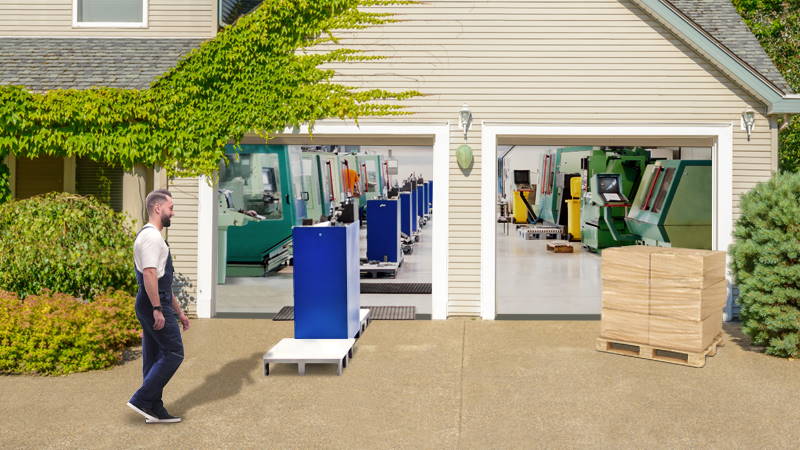



The market for electric vehicles has grown significantly. As a 360° system integrator, elexon uses

TÜV SÜD Energietechnik digitizes its processes with the smart service platform from oculavis. New standards

Holcim, a leader in the construction industry with 63,000 employees worldwide, has recently integrated the
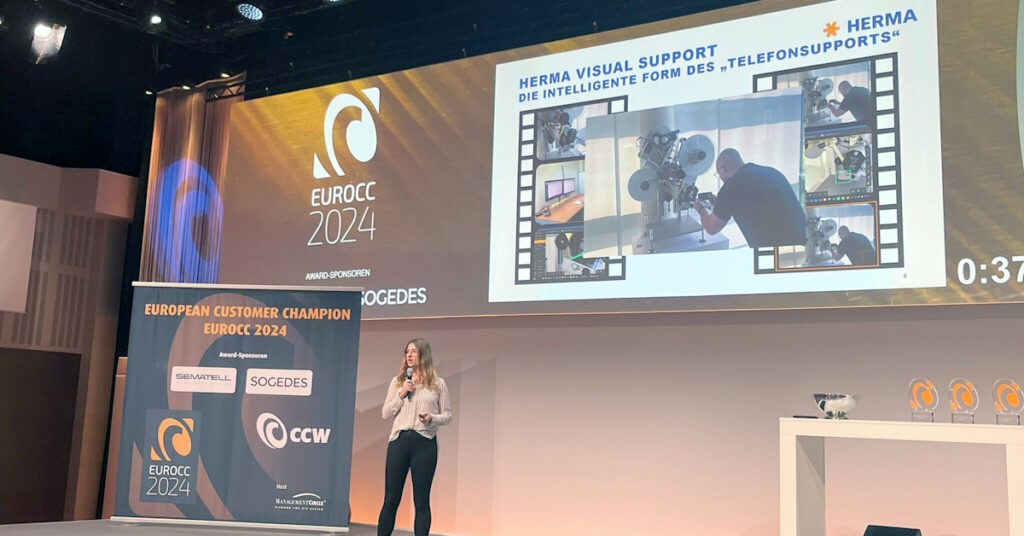
In a remarkable achievement that underscores the transformative power of digital innovation in customer service

Networking, automation, and data-driven services provide valuable insights into production processes in mechanical and plant
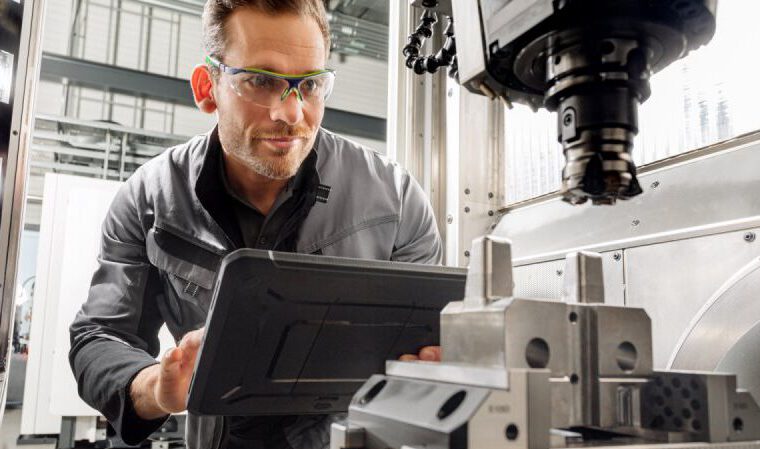
As a successful provider of visual assistance and augmented reality solutions, we can state one

The market for electric vehicles has grown significantly. As a 360° system integrator, elexon uses

TÜV SÜD Energietechnik digitizes its processes with the smart service platform from oculavis. New standards

Holcim, a leader in the construction industry with 63,000 employees worldwide, has recently integrated the
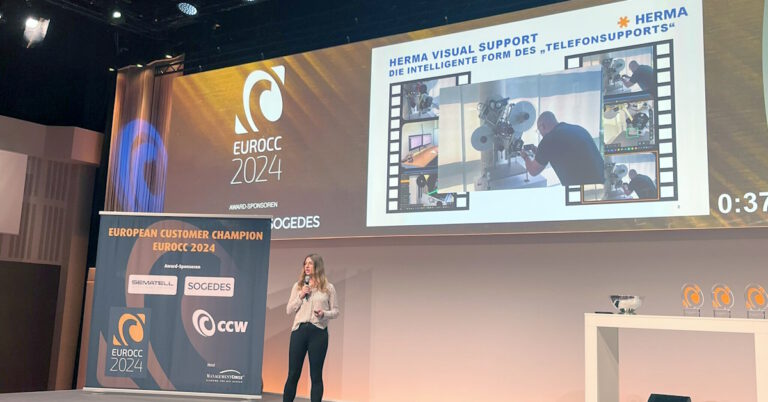
In a remarkable achievement that underscores the transformative power of digital innovation in customer service
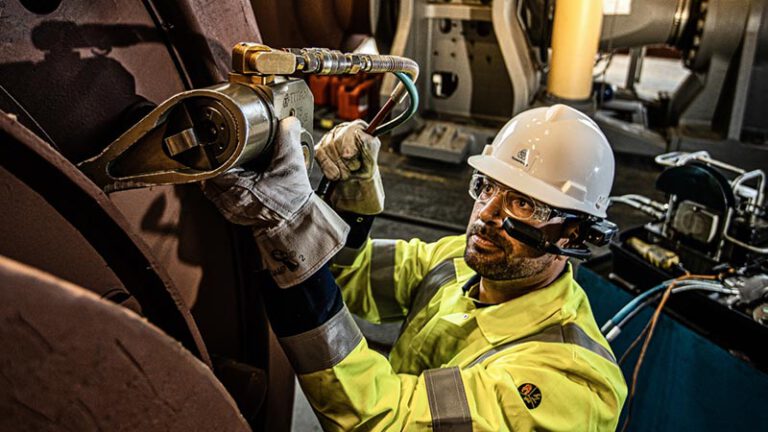
Networking, automation, and data-driven services provide valuable insights into production processes in mechanical and plant
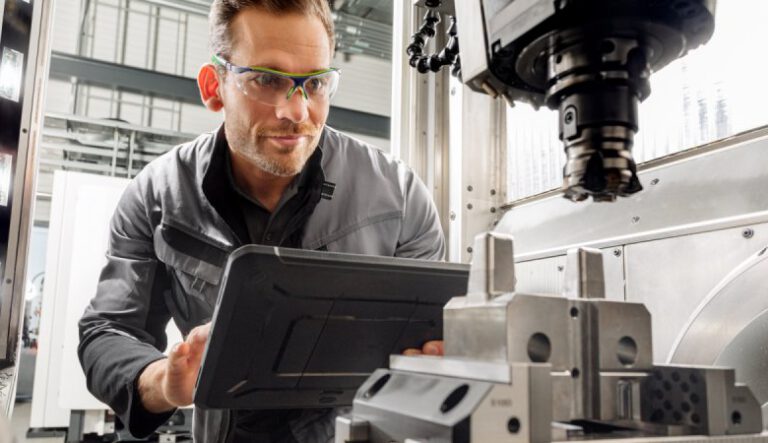
As a successful provider of visual assistance and augmented reality solutions, we can state one

KraussMaffei and oculavis introduce a service platform for maintenance and service in the VDMA magazine
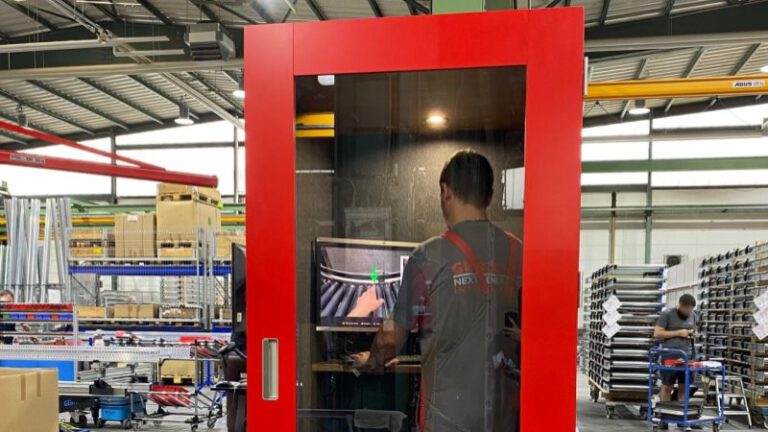
Open exchange sessions between the participants of the ARxelerator program currently take place every Friday.

In September 2021, oculavis GmbH and ISAP AG celebrate their second partnership anniversary.

As the leading full-service provider for the cement industry, the cement technologies business unit of
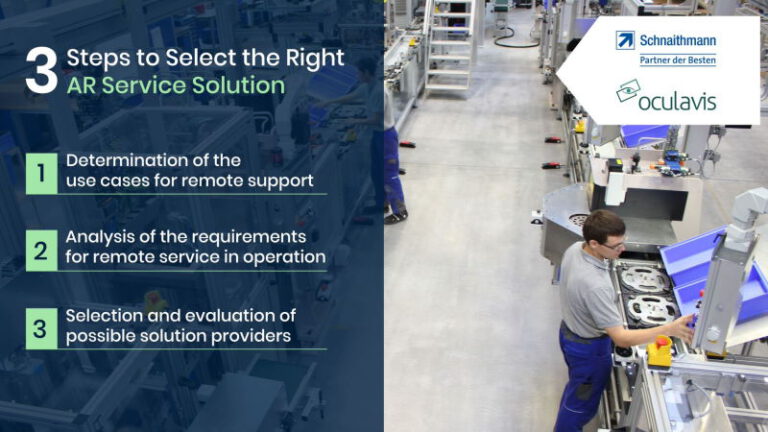
SCHNAITHMANN is a system integrator and automation specialist. With 245 employees
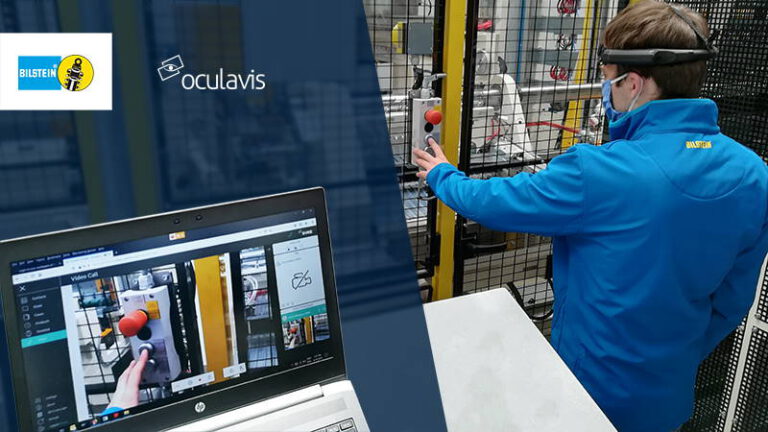
Tier 1 automotive supplier thyssenkrupp Bilstein relies on oculavis SHARE to connect its production sites
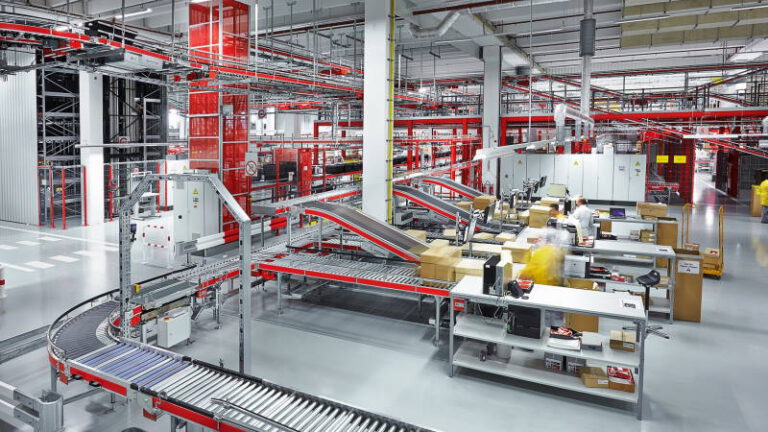
The GEBHARDT Intralogistics Group has successfully established a digital business model in after sales service
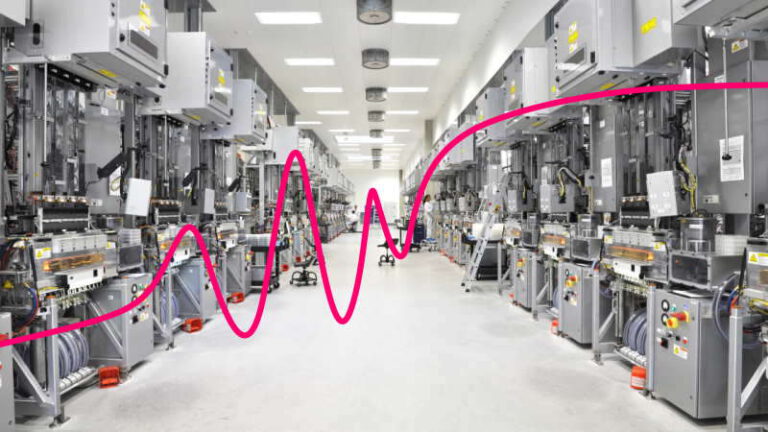
In the course of the Corona Pandemic, a large number of industrial companies have completely
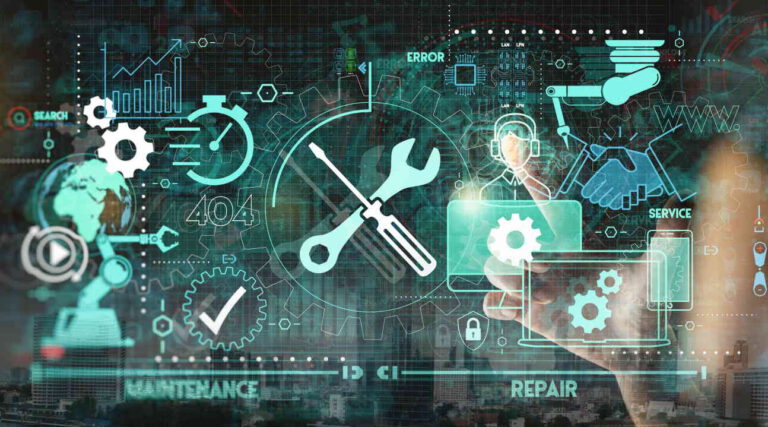
Many customers and interested parties from the mechanical and plant engineering industry tell me again
PRODUCT
Smart Service & Connected Worker Platform
Ticketing & Work Order Management
Standard Operating Procedures
Visual Assistance
Service Access Point
Management & Configuration
Integration
White Label Solutions
Secure & Scalable in the Cloud
Pricing & Licenses
SOLUTIONS
Machinery & Equipment Manufacturing
Manufacturing Industry & Automotive
Energy & Utilities
Pharma & Life Sciences
Construction Machinery & Off Highway
Certification & Industrial Services
Customer Service
Technical Field Service
Acceptances, Inspections & Audits
Technical Sales & Consulting
RESOURCES
